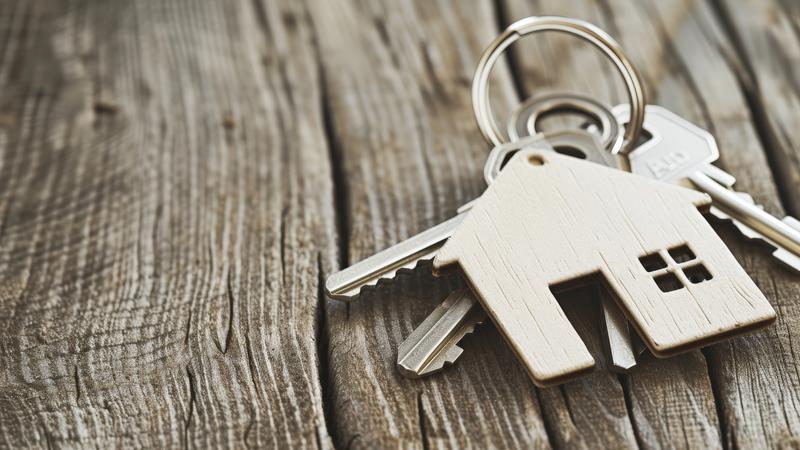
Cancer and exercise
If you’ve been diagnosed with cancer, get ready for a new Rx … it may surprise you: exercise.
Building on data from around the world, the Clinical Oncology Society of Australia brought together 20 health organizations to create a position statement saying: “Exercise [is] to be embedded as part of standard practice in cancer care and to be viewed as an adjunct therapy that helps counteract the adverse effects of cancer and its treatment.” Furthermore, says COSA, withdrawing from exercise after diagnosis or while undergoing treatment actively harms cancer patients’ chances of survival.
As the chair of the COSA Exercise and Cancer Care Group, professor Prue Cormie, put it: “If we could turn the benefits of exercise into a pill it would be demanded by patients, prescribed by every cancer specialist and subsidized by government — it would be seen as a
major breakthrough in cancer treatment.”
How does exercise help cancer patients?
It:
Fights fat: We know cancer cells love body fat for fuel, and they thrive in an inflammatory environment created by excess visceral fat. Furthermore, overweight and obesity are linked to the development of many cancers. In 2012 in the United States, about 28,000 new cases of cancer in men (3.5 percent) and 72,000 in women (9.5 percent) were due to overweight or obesity. And if it can help trigger a cancer, it also may sustain it. Exercise (along with a healthy diet) reduces body fat.


